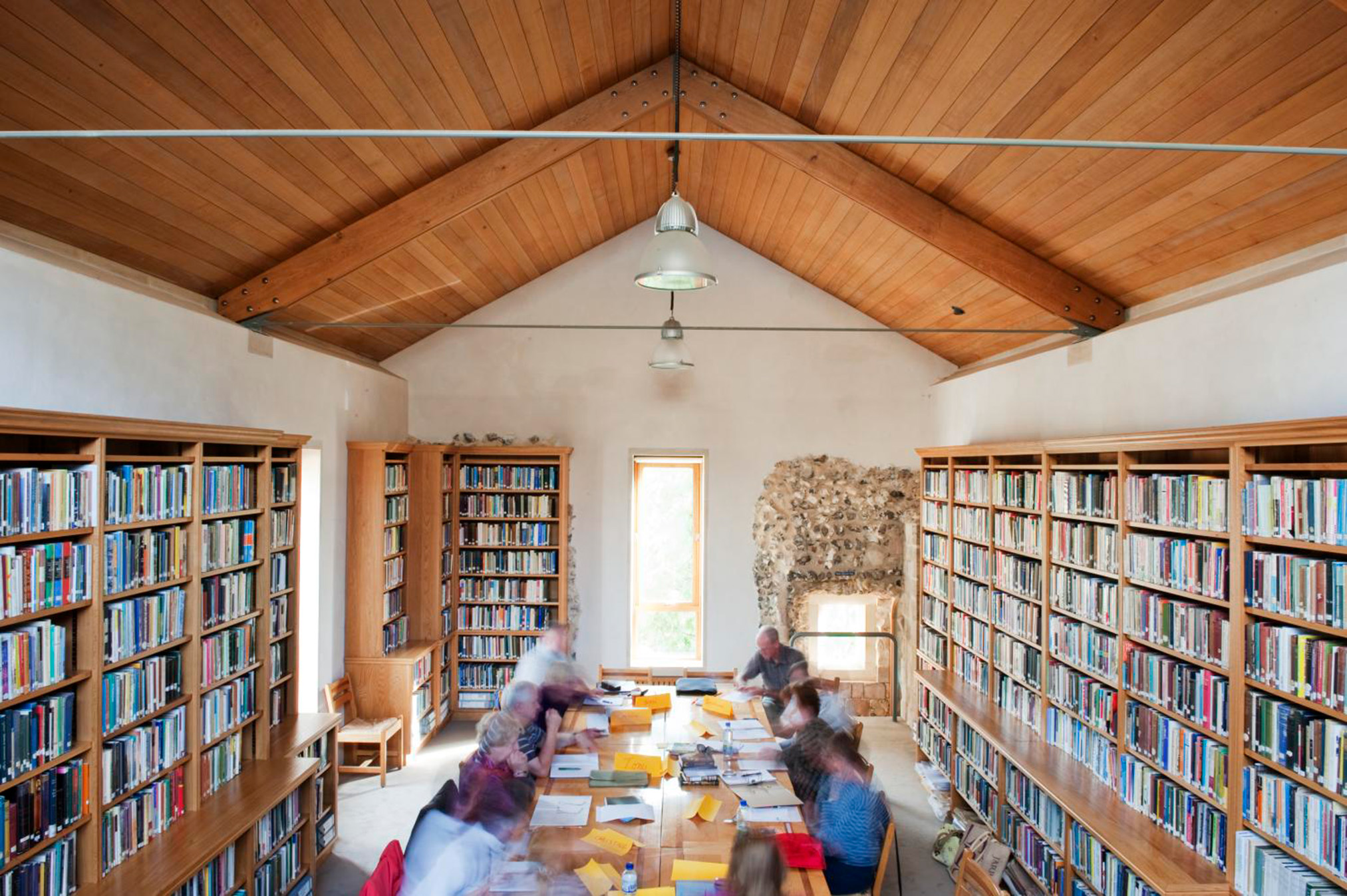How Do I Develop an Inclusion, Diversity and Equality Strategy?
What is this resource for?
This resource is for those taking the important step of developing an inclusion, diversity and equality (IDE) strategy at their organisation.
IDE strategies allow organisations to commit to improving their workforce and the wider sector.
What are the key points?
Consider why you are developing an inclusion, diversity and equality strategy and what problems you are trying to address.
- Think about how you will embed your new strategy throughout the organisation and how you will communicate the work to staff and stakeholders
- Identify any groups that are particularly underrepresented in your workforce and your work
- Consider consulting widely throughout the organisation before beginning to create the strategy
- Ensure you are considering how the strategy will work in practice
Why develop an inclusion, diversity and equality strategy?
There are many good reasons to develop a strategy that outlines your organisation's inclusion, diversity and equality vision.
Some examples include:
- To help hold yourself accountable for delivering your ambitions
- To instil confidence and a shared language in your staff
- To align your colleagues and stakeholders with your vision and priorities
- To signal a clear vision and ambition
- To manage risks and expectations
- To help you understand where you are currently, where you want to go and how best to get there
What should I consider when developing a strategy?
Below are a few prompts to help you develop your organisational IDE strategy. We recognise that heritage organisations can vary in size and scope, so some prompts may not be appropriate for your organisation.
Where should I begin?
- Why are you developing an IDE strategy?
- What problems are you trying to address?
- How does this fit with your organisation’s purpose/work?
- Where will this strategy fit within your broader organisational strategy?
- How will IDE be embedded throughout your organisational strategy?
- How will you communicate to your colleagues, members and other interested stakeholders that you are developing an IDE strategy?
- Does this work have strong buy-in and commitment from your board and senior teams? If not, why not?
What and who does developing an IDE strategy involve?
- What is your organisational vision for the strategy, and what is it (broadly) aiming to achieve?
- What are the aims of the vision? Try writing down just 3 or 4 points, breaking down the areas of work you will focus on (for example, "our people, our work, our members")
- Have you identified any priority groups/audiences that are particularly underrepresented? Do you have any existing data that you can use to strengthen the rationale for focussing on these groups? If not, is there similar data existing within the heritage sector that you could use?
- Have you considered the protected characteristics and your legal obligations relating to any priority groups you have identified?
- Have you considered social and economic diversity?
- Can your broader aims be broken down into useful strands?
- Do you want to include specific actions that could help to achieve your aims?
- Have you clearly defined what you mean by inclusion, diversity and equality?
- Have you considered the duration of the strategy? When will it be reviewed and updated?
- Have you consulted widely within the organisation?
- Have you ensured that any consultations are not self-selecting and that you are also speaking to those who might be less familiar or confident with IDE work?
- Have you considered presenting an 'in development' strategy to colleagues?
- Have you consulted with external experts or with your members?
- Have you outlined your organisation's current position with IDE? What work has already been done, and how has this been achieved?
- Have you seen any positive results that you could build on? How has your IDE work informed the shaping of strategy and future work?
- Have you recognised and acknowledged gaps in your organisational knowledge around IDE? How could you build skills and organisational capacity in these areas?
How should I lead, evaluate and report on the IDE strategy?
- Have you clearly articulated how the delivery of the strategy will be governed? Do you need to have it regularly reviewed by an internal board or carry out periodic consultations with staff, members or external experts?
- What does success look like? How is success going to be measured?
- How will you ensure that senior leadership advocates for this work and supports others in delivering it?
- How will you evaluate the progress of the strategy?
- How will you keep your members and colleagues informed of the strategy's progress?
- How frequently will you review and refresh your strategy?
- Are there opportunities for the strategy (and its development, outputs, successes and lessons) to be shared more broadly across the sector?
- Have you considered accessibility?
- Is the strategy available in alternative formats?
- Are there ways of adapting the content of the strategy into easily consumed, 'at a glance' formats?
- What key elements would be included if you distil the strategy into a single page?





